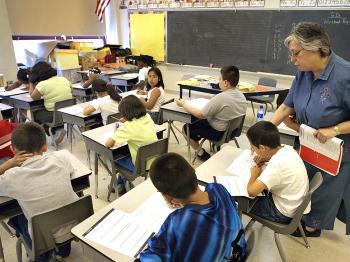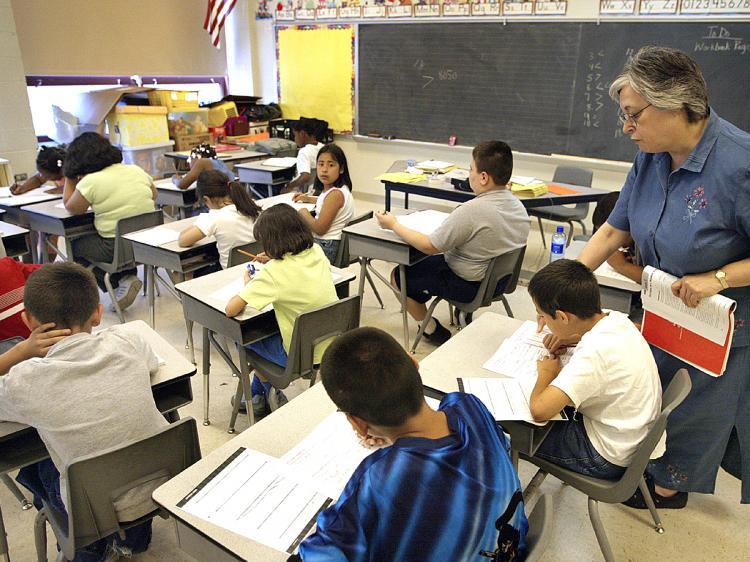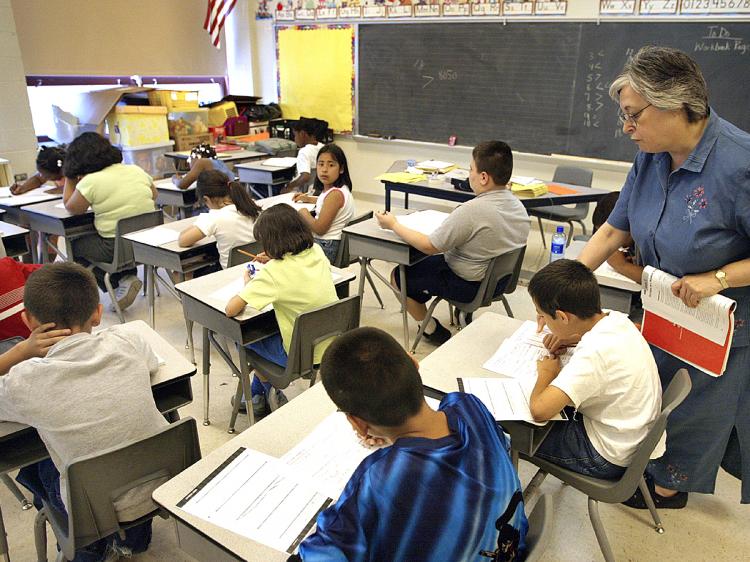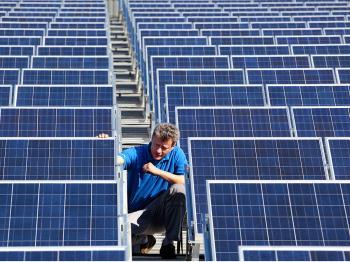Schools across the country are obligated to comply with terms established in the “No Child Left Behind” act (NCLB). To summarize it in basic terms, NCLB holds schools accountable by measuring their “Adequate Yearly Progress” (AYP). The scores students achieve on statewide standardized tests administered once a year are what the federal government uses to determine schools’ AYP. Because many schools receive funding from the federal government, the government could suspend funding or take over a school if that school doesn’t meet AYP for so many consecutive years.
Accountability seems to be a double-edged sword for most educators because on one hand, many in the education profession believe that teachers and schools should be held accountable to ensure high-quality education. However, on the other hand, they find it frustrating to shoulder the entire weight of accountability because they feel the government fails to hold accountable two other factors that can ensure the educational growth and success of students in grades K-12, namely the parents and the students themselves. Additionally, the idea of having one test determine the students’ quality of education for an entire year doesn’t sit well.
In addition to these annual high-stakes tests, many states and local school districts administer their own batteries of assessments one or more times a year. On top of this, states with large populations of immigrants require additional yearly testing to assess the degree of English language proficiency the foreign students have achieved.
With all this standardized testing going on in the United States, let’s look at how environmentally friendly it is.
If we think of the millions of school-age children around the country and we imagine that a test needs to be printed for each student, that is a lot of paper. In most cases, there needs to be an answer document for each student.
People outside of the educational field may not realize that many of these standardized testing materials are “secured,” that is, students can’t share them and teachers have to sign them in and out. This means individual testing materials are printed for every student, including everything from question books to answer documents. There are also teacher guides, administration manuals, and other supplementary materials.
Furthermore, if we consider that some states and/or school districts give their own assessments in addition to those required by federal mandate and all these materials are printed each time, that is an unimaginable amount of paper being produced and consumed each year across the country.
This is not only a question of too much paper being used but also a question of resources. How many resources were consumed in the development, production, packaging, distribution, and recollecting of all these testing materials? There may be nobody keeping track of these statistics on a national level. Until then, we may not know the total environmental impact of all this testing.
There are some other options for U.S. schools. When computers started becoming household items and a common sight in businesses, offices, and classrooms, a major proponent of this technology was to go “paperless” in the 21st century. However, even though the means now exist for many facets of society to go paperless, people can’t seem to make that leap forward yet. In some cases, such as with standardized testing, it seems the country has taken a step back in terms of going paperless.
Many individual school districts are, in fact, taking advantage of online tools and services for the purposes of their local assessments. Perhaps if the federal government re-examined its position on bridging education with the environment, it would propose measuring accountability through more environmentally friendly means.





